25 February 2019
INSPIRATION As a dancer, ethnographer, and multidisciplinary creators, we come from backgrounds that have communalities and differences. Our working process has a flow that cannot be reduced to the frameworks or techniques of one field or another. Poaching and gift-giving are words that describe our process. There are, however, modes of thinking, crafting, and researching that keep inspiring us and prompt our work:
Sensory ethnography Sensory ethnography is a research practice used by anthropologists and other social scientists. Sensory ethnography shifts attention towards the unseen and the nonverbal. It is a response to the verbocentric and visual bias in anthropology that can also be found in many other fields in late modernity. Critical media practice, artistic interventions, sound art, field recordings, and embodied research methods -through dance and movement, for example - are but a few of the lines of thought and play that came out of this internal critique.
Multispecies worldings These approaches are especially helpful when it comes to work that is consciously situated in the multispecies world(s) we all live in. Human agents may have become the global superpower in making and unmaking the planet. However, we all live in webs of mutual dependency, struggle, or joy entangling us with other species, their lifeways, traces, and futures. Anthropologists stress that we become fully human only through our encounters with others. To multispecies scholars (philosophers, biologists, anthropologists), the multiple sides of this encounter are important.
Anthropocene The Anthropocene is widely considered as a new geological epoch following the Holocene. It is the first epoch shaped most vividly by human influence and activity on the biosphere. Climate change, an intense acceleration in species extinction, and infrastructural projects changing the surface of earth itself are all effects of this shift in the planetary play of forces.
Choreography Choreography can be defined as a state of embodied constellations in space and time and a way of ordering fields of relations. Through this an exchange of forces might be observed. By drawing attention to choreography in the museum space, one has an opportunity to both figuratively and literally question participant positions in the context of multispecies entanglements and museum display.
Taxidermy
Taxidermy is the preservation of dead animal bodies which are mounted for the purpose of study or display. Although the preservation of skins is an ancient proposition, taxidermy in its current form is a child of the nineteenth century’s infatuation with natural history. When hunters, businessmen and - women and scientists from urban centers of the Global North explored and exploited the ecosystems to which colonialism gave them access, lines of trade, curiosity, violence, wonder, and scientific fascination began to weave around the globe.
24 January 2019
NEWS
THE WHOLE LIFE ACADEMY- Haus der Kulturen der Welt
MAY 9-25 2019, Dresden
Archives are the memory space of a society. As an institution they deeply shape the lived realities in a transforming present.
Upon the invitation of Haus der Kulturen der Welt, we will be sharing an embodied approach to archiving during this week long summer academy amongst the Archiv der Avantgarden of the Staatliche Kunstsammlungen Dresden.
For more information about The Whole Life and The Academy
22 January 2019
Photographer Sebastian Bolesch accompanied us during our visit to Museum für Naturkunde (Berlin) as we explored ideas for our metawalk.

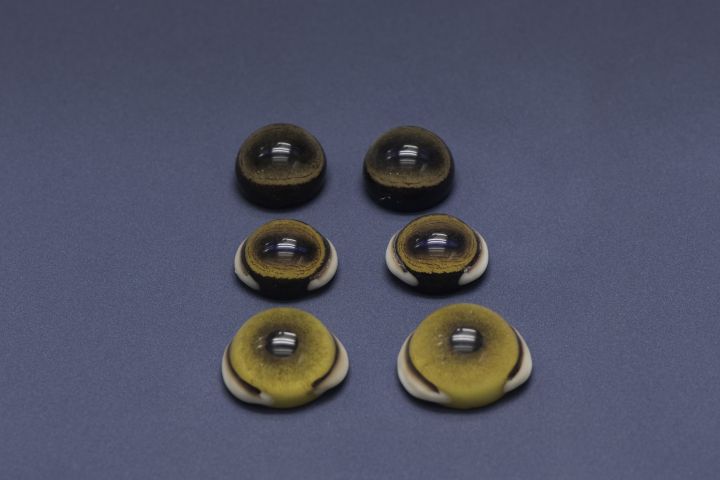
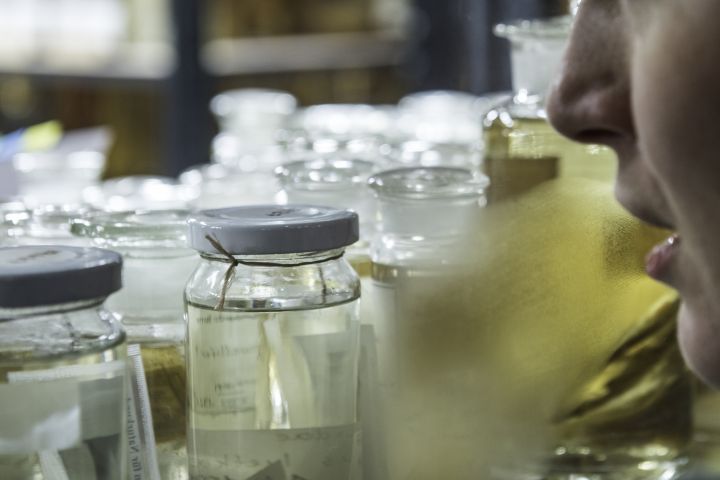
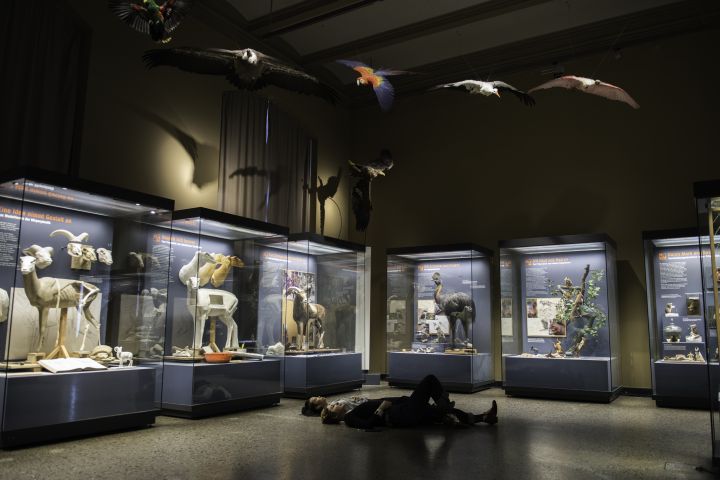
Ways of looking.
Eyes made of glass.
Breath.
21 November 2018
METAWALK
Working on the new audio guide "The Metawalk".
This audioguide is designed to be used in any natural history museum - drawing lineage in museum histories, movement patterns and questions of anthropocentric desires.
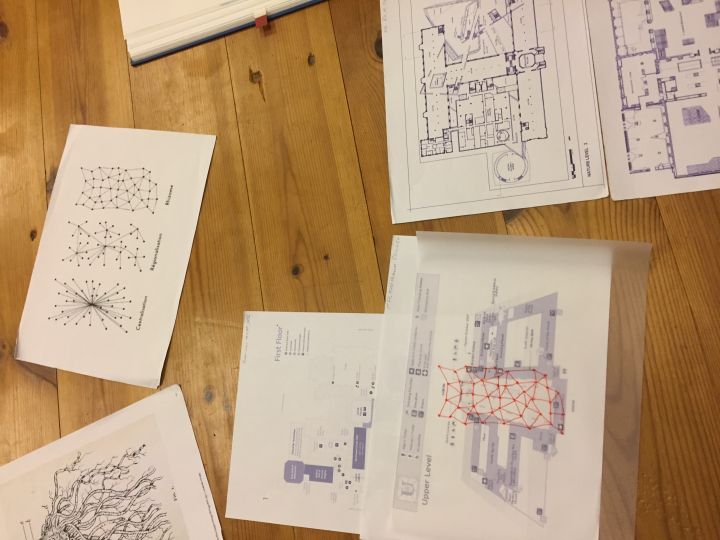 Re-mapping
Re-mapping
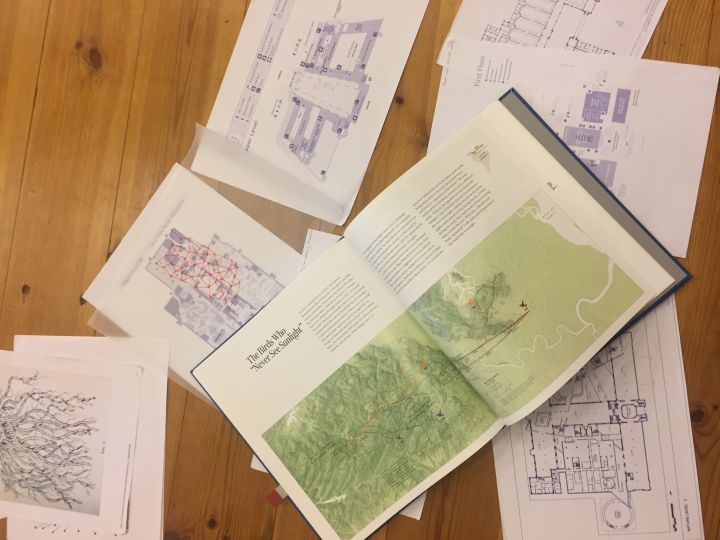 Outside/Inside Movement Patterns
Outside/Inside Movement Patterns
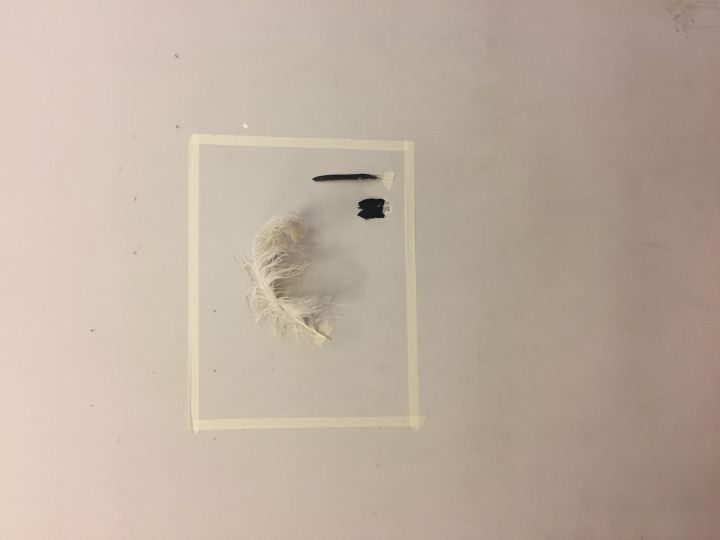
20 November 2018

In studio working through ideas for Metawalk, incorporating design display, hierarchy and body positions.
